Zollgrenzschutz Visor Cap
SKU: 73.GOR.01.01.001
Estimated market value:
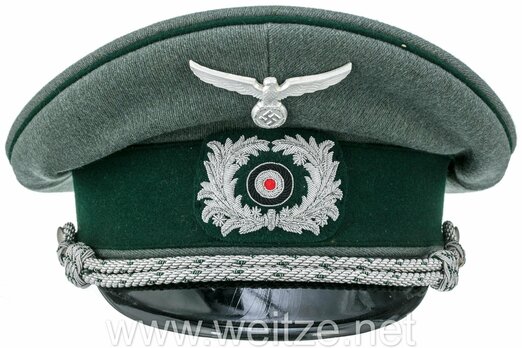
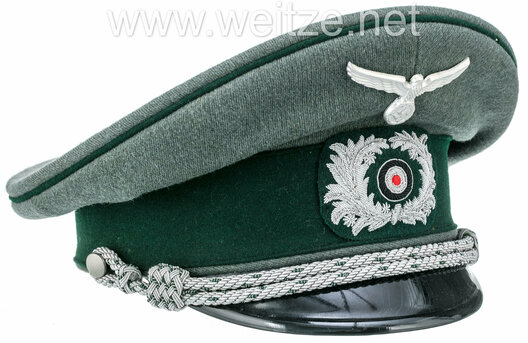
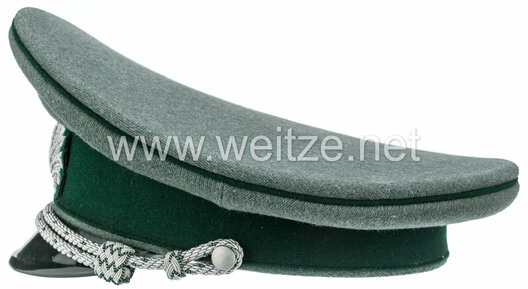
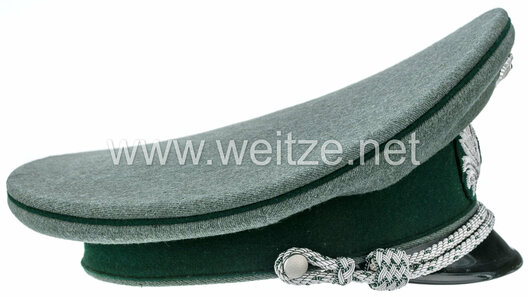
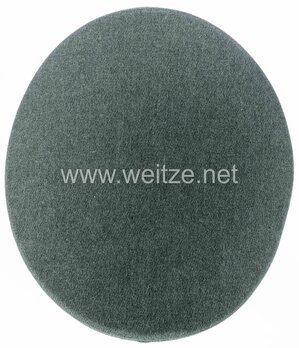
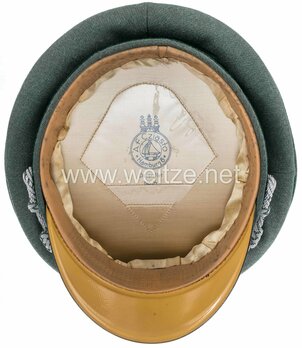
Estimated market value:
Attributes
History
The Zollgrenzschutz (Customs Border Guards) has its roots in the Grenzaufsichtsdienst (Border Surveillance Service) established in 1919. Before the First World War, every German state managed its own border units, but in the Weimar Republic this was done at the national level for the first time. The Grenzaufsichtsdienst was a subdivision of the Reichsfinanzministerium (Ministry of Finance). It is not to be conflated with the Grenzpolizei (Border Police), a subdivision of the German Police.
Initially, the organisation was tasked with preventing smuggling and illegal border crossings. This changed when its members were deployed to most of the occupied territories during the war. Border guards saw action fighting enemy military troops, especially during the final war years, as well as partisans. They were also tasked with foiling espionage.
Under Third Reich rule, not much changed in the beginning. However, SS leader Heinrich Himmler, who took control of the German Police in 1936, also tried to be placed in charge of the border guards. His advances were warded off in 1937. At the same time, the term Zollgrenzschutz was first used, and sometimes Zollgrenzdienst (Customs Border Service) as well.
1937 also brought changes to the border guards’ uniforms, which were designed in a new style more akin to the uniforms of the army. Throughout the late 1930s, personnel numbers increased in preparation for the coming war. A need was felt to watch the neighbouring countries more closely.
In order to achieve readiness, especially in the case of an armed invasion, the VGAD (Verstärkter Grenzaufsichtsdienst, Reinforced Border Surveillance Service) was trained as an auxiliary border guard force. It was made up of conscripts that had received basic military training. They were called into action during the annexation of Austria, the Sudetenland, Memel, and Czechoslovakia. During the war, the VGAD became a permanent part of the Zollgrenzschutz to the point that both names were used interchangeably.
In July 1944, after the Stauffenberg assassination attempt, Himmler finally convinced Hitler to place the Zollgrenzschutz under his control, and it was merged with the border police.
The uniform colour of the border guards was dark green, similar to that of forestry and hunting organisations. With the changes in uniforms in 1937, the new colour that was chosen was “feldgrau” (field-grey, a mix of grey and green). However, old uniform pieces could be worn out, and the final date was pushed back several times. One reason for this was the problem of finding enough suitable material, especially during the war years when everything was in short supply.
The Zollgrenzschutz visor cap is field-grey with a black visor and a dark green cap band. It features dark green piping above and below the cap band as well as on the cap crown. The piping for the highest ranks was gold-coloured. Insignia worn with the visor cap are a Zollgrenzschutz eagle emblem at the top and an acanthus leaf wreath around a national cockade on the cap band. The insignia were generally made from silver-coloured light metal, but embroidered versions exist as well.
A white top could be worn on the visor cap. It featured white piping on the cap crown, but was identical to the field-grey cap in every other way.


Comments
Sign in to comment and reply.


Scroll Top